Rising Demand in Agriculture
The Sodium Molybdate Market is experiencing a notable increase in demand due to its essential role as a micronutrient in agriculture. Molybdenum is crucial for the growth of legumes and other crops, enhancing nitrogen fixation and overall plant health. As agricultural practices evolve towards sustainability, the need for effective fertilizers that include Sodium Molybdate Market is becoming more pronounced. Reports indicate that the agricultural sector accounts for a significant portion of Sodium Molybdate Market consumption, with projections suggesting a steady growth rate of around 5% annually. This trend is likely to continue as farmers seek to improve crop yields and soil health, thereby driving the Sodium Molybdate Market further.
Industrial Applications Expansion
The Sodium Molybdate Market is witnessing an expansion in its industrial applications, particularly in the manufacturing of steel and other alloys. Molybdenum enhances the strength and corrosion resistance of steel, making it a valuable additive in various industrial processes. The increasing demand for high-performance materials in construction and automotive sectors is propelling the growth of Sodium Molybdate Market usage. Recent data suggests that the industrial segment constitutes a substantial share of the market, with a projected growth rate of approximately 4% over the next few years. This expansion is indicative of the broader trends in material science and engineering, which favor the incorporation of Sodium Molybdate Market in advanced manufacturing processes.
Technological Innovations in Production
Technological advancements in the production of Sodium Molybdate Market are significantly influencing the Sodium Molybdate Market. Innovations in extraction and purification processes are leading to more efficient production methods, reducing costs and environmental impact. Enhanced production techniques not only improve yield but also ensure higher purity levels of Sodium Molybdate Market, which is critical for its application in various sectors. As industries increasingly prioritize sustainability, these technological improvements are likely to attract more investments into the Sodium Molybdate Market. Furthermore, the integration of automation and digital technologies in production facilities is expected to streamline operations, potentially increasing market competitiveness.
Growing Awareness of Nutritional Benefits
The Sodium Molybdate Market is benefiting from a growing awareness of the nutritional benefits of molybdenum among consumers and agricultural stakeholders. Molybdenum is recognized for its role in enzyme function and overall plant health, which is becoming increasingly important in food production. As consumers demand higher quality and nutrient-rich food products, the agricultural sector is responding by incorporating Sodium Molybdate Market into their fertilization strategies. This trend is likely to drive market growth, as more farmers and agronomists recognize the advantages of using Sodium Molybdate Market to enhance crop quality and yield. The increasing focus on food security and sustainable farming practices further underscores the relevance of Sodium Molybdate Market in modern agriculture.
Regulatory Support for Sustainable Practices
The Sodium Molybdate Market is also influenced by regulatory support for sustainable agricultural practices. Governments and regulatory bodies are increasingly promoting the use of micronutrients, including Sodium Molybdate Market, to enhance soil fertility and crop productivity. Policies aimed at reducing chemical fertilizer usage and encouraging organic farming are likely to boost the demand for Sodium Molybdate Market as a natural alternative. This regulatory environment is fostering innovation and investment in the Sodium Molybdate Market, as companies seek to align their products with sustainability goals. The potential for subsidies and incentives for using environmentally friendly fertilizers may further stimulate market growth in the coming years.


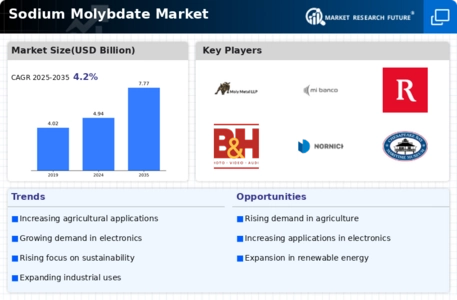
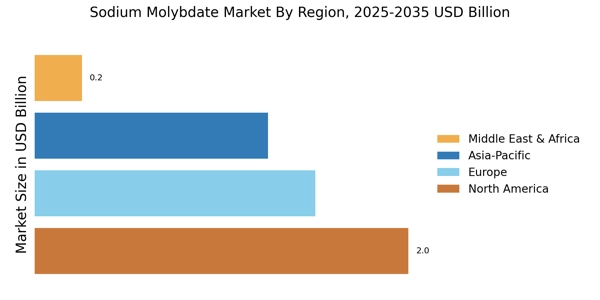
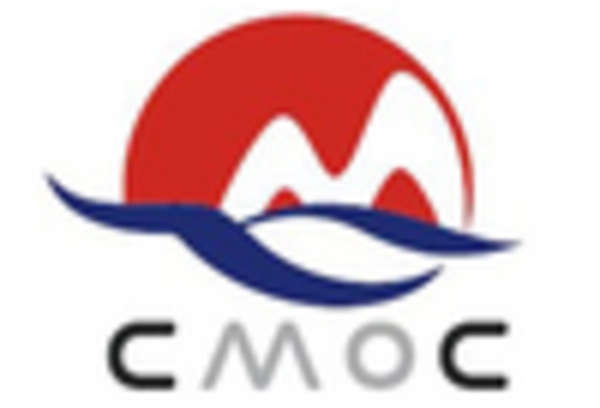
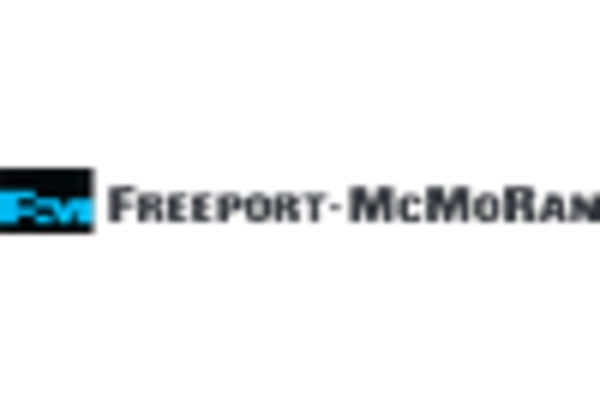
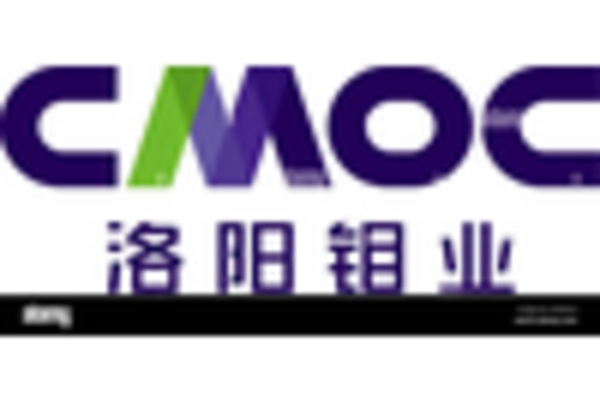
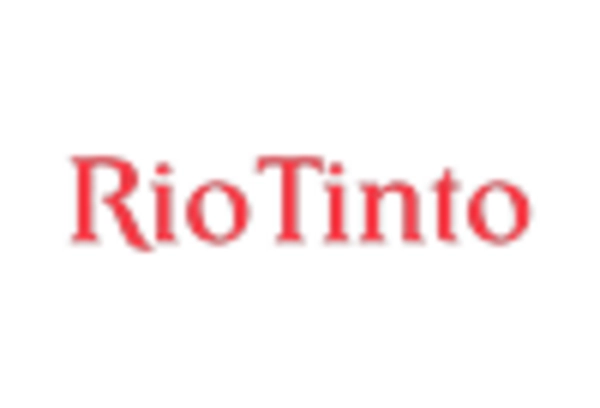
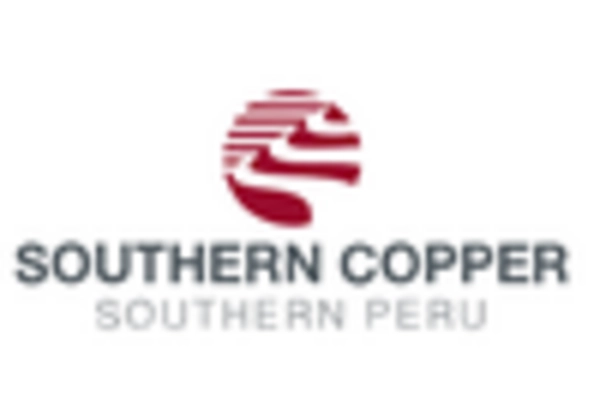
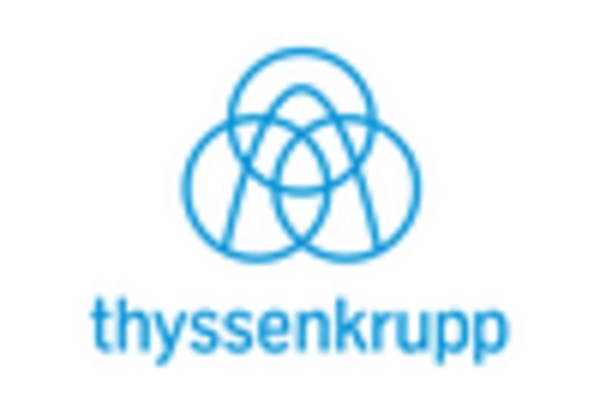








Leave a Comment